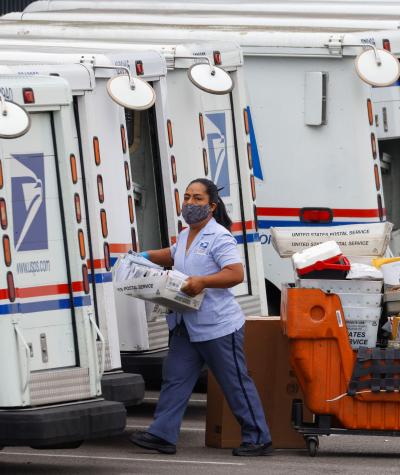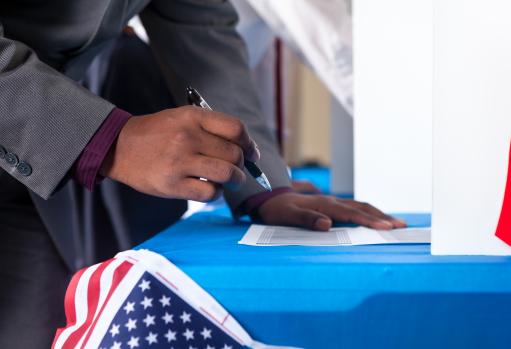A week ago, we wrote about ensuring that the U.S. Postal Service will be able to support a fair election. Sadly, even after two Congressional hearings, there seem to be more questions than answers.
First, we don’t really know what changes in mail service the Postal Service may still make, even after its promise to “suspend” changes that impacted delivery. Postmaster General Louis DeJoy testified to Rep. Chip Roy that USPS is ‘very ready to handle the Election Mail.” Let’s hold him to that promise.
At the same time, DeJoy was adamant about not restoring the sorting machines that have been removed or disconnected – machines that one would think could be used to process bulk election mail quickly and help avoid the delivery delays that have plagued the system in the last few months.
It is also clear that having deliveries made by postal workers on overtime when mail is heavy and the work force short-handed is an important component of ensuring timely delivery of mail ballots. What is still unclear is whether such overtime will be authorized by USPS— and it should be.
Members of Congress and others are pressing for answers on these and other issues. Dozens of state Attorneys General are on the case, too. Right now, the more that the Postmaster General has spoken, the less we seem to know.
Second, the attacks on voting keep coming. President Trump’s tweet about “Mail Drop Boxes” (he presumably meant official drop boxes placed by state or local election officials, as the Election Assistance Commission encourages), not being “Covid sanitized” and calling them a “voter security disaster” was hidden by Twitter as “misleading” and a violation of its Civic Integrity Policy.
Trump’s intent seems clear: to discourage voting by any method other than in-person and to raise unwarranted suspicions about election fraud. To be clear, these drop boxes, which are maintained by election officials, are safe and secure methods for transmitting ballots.
There’s no reason these boxes should be less sanitary than other handles outdoors, but voters should remember to keep social distancing, wear masks when outside, and use gloves for extra security if they wish.
But even amid all this chaos and delayed mail, three things seem clear:
1. Dedicated postal workers will do everything they can to be sure that official election mail (including ballots) are delivered to voters quickly and that returned ballots will be processed as quickly as possible.
One of the few bright spots in the hearings was the Postmaster General’s commitment that election mail would be processed as “in 2018,” meaning as first-class or in some cases, even above first-class. Other problems may slow this mail from being delivered, but not postal workers themselves.
2. Voting by mail is secure and reliable. Absentee voting has existed as a safe and secure method of voting since the Civil War, and overseas and military voters cast their ballots by mail every year. Total election mail is a very small percentage of USPS’ total annual volume—the total amount of election mail is less than peak mail volume during the winter holidays.
3. Voters should simply plan ahead. Make a plan for voting, either for doing it in-person or getting your ballot back to election officials as quickly as possible, through the mail or through official election drop boxes. Know the requirements in your state to cast a valid ballot and follow them precisely.
Even if that package for which you have been waiting is delayed, you can still make sure your vote counts this year.


